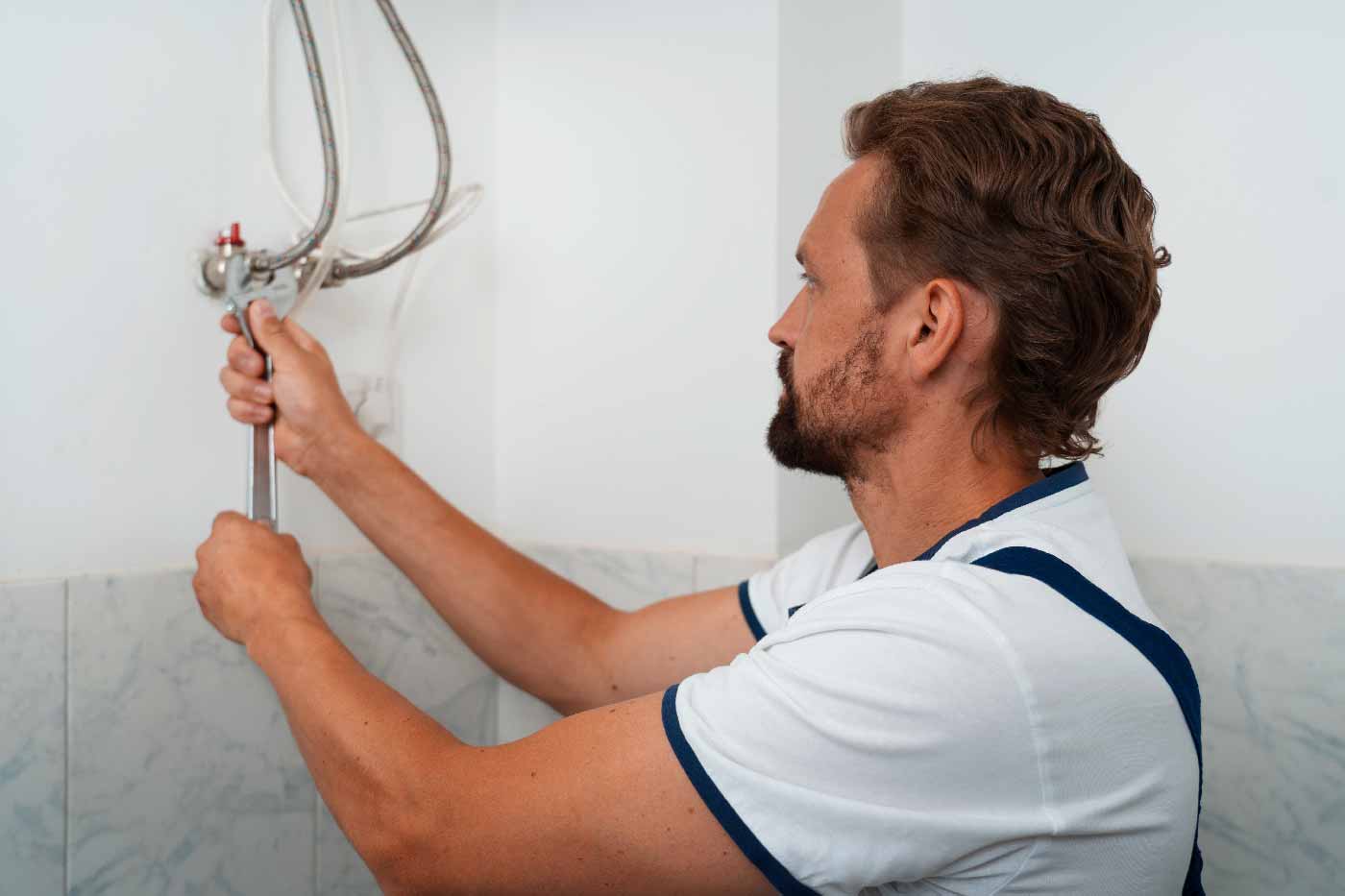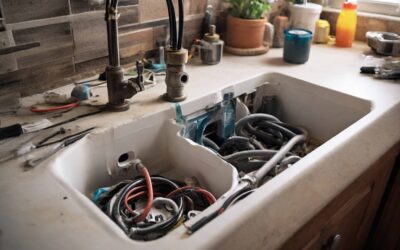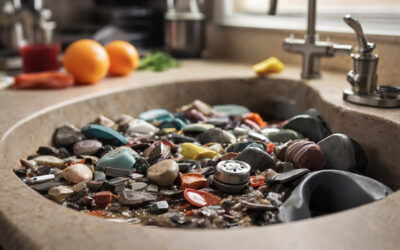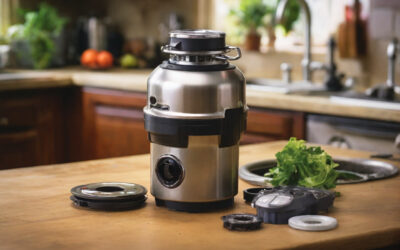Tiling a bathroom is a transformative project that can significantly enhance the aesthetic appeal. Whether you’re planning a DIY project or considering hiring professionals. The timeline it requires is crucial for setting realistic expectations and a smoother renovation process. Several factors influence on How Long Does It Take to Tile a Bathroom. Let’s delve into these considerations and outline a general timeline. Which will help you plan your bathroom tiling project effectively.
How long does it take to tile a bathroom?
Tiling a bathroom can take approximately three to four full days for tiling a bathroom. This includes a shower with a tub. While larger projects need closer to a week to tile a bathroom. But causally It promptly takes up to one whole day or 6 hours at the least fro casual projects. Factors such as the complexity of the tile design and the installer’s proficiency directly impact the duration.

Preparation (1-2 days)
This initial phase includes all preparatory work, such as removing existing floor or wall coverings and making any necessary repairs.
Layout Planning (1 day)
Dry-laying tiles help in planning the layout and confirming measurements, especially important for patterns or designs.
Tile Installation (2-4 days)
The actual laying of tiles varies based on the above factors. This stage includes cutting tiles to fit around fixtures and ensuring each tile is properly aligned and level.
Grouting and Sealing (1-2 days)
After allowing the adhesive to set, grout is applied between the tiles, followed by cleaning off excess grout and applying a sealant if needed.
Curing and Final Touches (1-7 days)
The last step involves caulking, final cleaning, and allowing the installation to fully cure. While light use may be possible after 24 hours, heavy use should be avoided to ensure the integrity of the.

Factors Affecting Tiling Time
When it comes to tiling a bathroom, several factors can affect how long does it take to tile a bathroom. From the size of the bathroom to the type and size of tiles being used, each factor plays a role in determining the overall time required for tiling. Additionally, the level of preparation involved before tiling can also impact the timeline. In this blog post, we will explore these factors in detail to give you a better knowledge of long does it take to tile a bathroom.
Bathroom Size
Your bathroom size is one of the key factors in determining how long it will take to tile. Larger bathrooms naturally require more time and effort to cover the entire floor and walls with tiles. On the other hand, smaller bathrooms can be tiled relatively quickly. If you have a spacious bathroom, you can expect the tiling process to take longer compared to a smaller bathroom.
Tile Type And Size
The type and size of tiles you choose will also impact the time it takes to complete the tiling process. Larger tiles cover more space in a shorter amount of time, whereas smaller tiles can be time-consuming to install, especially if intricate patterns or designs are involved. Additionally, the type of tile, such as ceramic, porcelain, or natural stone, may require specific installation techniques, which can affect the overall tiling time.
Level Of Preparation
The level of preparation required before tiling can significantly influence the time it takes to complete the project. Proper preparation, such as cleaning the bathroom, and removing old tiles or flooring. Ensure the surface is level and smooth, is crucial to achieve a professional and durable result. The more preparation you need, the longer it will take to complete the tiling process. It is important not to rush the preparation stage to ensure a high-quality tiling job.
Overall, the time it takes to tile a bathroom depends on various factors. Including the size of the bathroom and the type along with the size of tiles you are using. This also requires a certain level of preparation. Each project is unique and may have its challenges and specifications. Consulting with a professional tiler can help you determine more accurate and specific requirements.
Preparation Time
Tiling a bathroom can take around three to four full days for a shower with a tub. And a full week for larger spaces that require tiling the shower floor. Factors such as familiarity with tilework and the complexity of the design can affect the time needed for the project.
Surface Preparation
Before tiling a bathroom floor or shower, proper surface preparation is essential. This step ensures that the tiles adhere securely and the final result is long-lasting. Surface preparation includes cleaning, leveling, and priming the floor or walls.
- Start by removing any existing flooring or wall coverings, ensuring a clean and smooth surface.
- Inspect for any damages or cracks and repair them accordingly.
- If necessary, level the floor or walls using a self-leveling compound to create a flat and even surface.
- Next, clean the surface thoroughly, removing any dust, grease, or debris that may hinder the tile adhesion.
- Apply a primer to the surface to promote better tile adhesion and prevent moisture damage.
Tile Layout Planning
Proper tile layout planning is crucial to achieve an aesthetically pleasing and functional bathroom. This step involves determining the placement and pattern of the tiles before the actual installation process begins.
- Measure the bathroom area accurately to determine the number of tiles needed.
- Consider the size and shape of the tiles, as well as the necessary pattern. Such as diagonal, herringbone, or straight.
- Layout the tiles on the floor or walls, ensuring a symmetrical appearance.
- Make adjustments as necessary to avoid small, awkward cuts and ensure a visually appealing layout.
- Once you are good with the tile arrangement. Mark the layout using guidelines or chalk lines for easy installation.
three hours, including surface preparation and tile layout planning. This crucial step ensures the success and longevity of the tile installation process. By taking the time to prepare the surface and plan the tile layout properly. You can achieve a stunning and durable tiled bathroom floor or shower.
Tiling Process
When considering how long does it take to tile a bathroom, the drying time for tile adhesive is a significant factor. Tiling a bathroom involves several essential steps that contribute to the overall timeline. The entire process includes tile installation, grouting, and sealing. Each stage demands attention to detail and precision, impacting the overall duration of the project.
Tile Installation
The tile installation phase determines the duration of the project. Factors such as the size of the area, the complexity of the design, and the installer’s expertise. All these directly influence the timeline of the project. Generally, for tile bathroom floors, it may take around 1-2 days to complete the installation process. On the other hand, for a shower tiling job, it can range from 3-4 days for a standard shower. While for larger projects It will require a whole week for more extensive spaces.
Grouting And Sealing
Once the tiles are laid, the subsequent grouting and sealing steps also play a significant role in the overall time to tile a bathroom. While grouting can take approximately 1-2 days for a bathroom. Sealing the tiles might add an extra 1-2 days to the project timeline. These phases are vital to ensure the durability and longevity of the tiling work. Thus requiring careful attention and a proper approach to implementation.
Completion And Clean-up
Tile installation in a bathroom can take anywhere from three to four full days. If it includes a shower with a tub, it can take up to a week. Factors such as tile design complexity and obstacles like fireplaces or cabinets can add additional time to the process.
Trim Work
Once the tiling of your bathroom is complete, the next step is to focus on the trim work. This includes installing baseboards, corner trims, and edging tiles to have a polishing look. The time it takes to complete the trim work depends on the complexity of your chosen design and the size of your bathroom. On average, you can expect this step to take a few additional hours to a day.
Cleanup And Final Inspection
After all the tiling and trim work is done, it’s time to clean up and do a final inspection. Cleaning up is an important step to ensure that your new bathroom looks its best. This includes removing any grout residue, wiping down the tiles, and polishing them to a shine.
Additionally, it’s important to inspect the tiling job to check for any uneven tiles. Including loose grout, or other imperfections that may need addressing. During the cleanup and final inspection process, it’s a good idea to take your time and ensure that everything is in top-notch condition. This will help you avoid any future issues and ensure the longevity of your newly tiled bathroom. On average, you can expect this step to take a few hours.
In conclusion, the completion and clean-up stage of tiling a bathroom includes the final inspection and cleaning. The time it takes to complete these steps varies depending on the complexity of the design and the size. However, with careful attention to detail and proper cleaning. You can ensure that your newly tiled bathroom will look stunning and ready to enjoy.
Frequently Asked Questions
Can You Tile A Bathroom In One Day?
Tiling a bathroom in one day is possible but depends on the size and complexity of the space. It typically takes a professional about a day to tile a regular sizing room. However, factors like extra patterns and smaller tiles can add time.
How Long Should It Take To Tile A Shower?
Tiling a shower typically takes 3-4 days for a standard size with a tub. Larger spaces or intricate designs may require up to a week. Difficulty, experience, and tile size can impact the timeline.
How Long Should A Tile Job Take?
Tiling a job typically takes 3-4 days for a shower with a tub and around a week for larger spaces. The duration depends on familiarity with tiling, space size, and complexity of the design. Professional installation of tiles in a casual room can take a day.
Conclusion
Tiling a bathroom can be a time-consuming process, with various factors that can affect the timeline. Depending on your level of expertise, the size of the space, and the complexity of the tile design. It can take anywhere from three to four full days for the whole installation.
It’s important to consider detailed patterns and smaller tiles, which can extend the time even further. Additionally, obstacles like fireplaces and cabinets can complicate the installation. Overall, tiling a bathroom requires careful planning and preparation to ensure a successful and timely completion.






